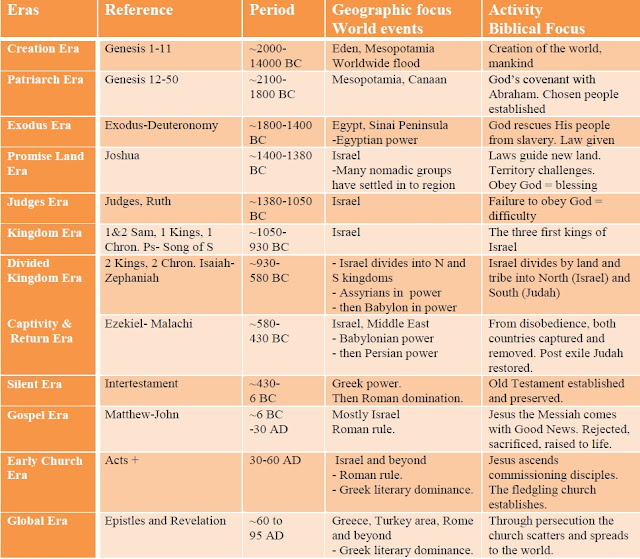Peter and Paul Didn’t Carry Smart Phone
The Bible itself speaks of its relevancy to life, not just in its time, but for all time.
Such things were written in the Scriptures long ago to teach us. And the Scriptures give us hope and encouragement as we wait patiently for God’s promises to be fulfilled. Romans 15:4 NLT
By his divine power, God has given us everything we need for living a godly life. We have received all of this by coming to know him, the one who called us to himself by means of his marvelous glory and excellence. 2 Peter 1:3 NLT
The grass withers and the flowers fade, but the word of our God stands forever. Isaiah 40:8, quoted again by Peter in 1 Peter 1:25 NLT
Heaven and earth will disappear, but my words will never disappear. Matthew 24:35 NLT stated by Jesus.
The challenge is about Bible stories with unfamiliar odd customs and storytelling styles so vastly different from our world of breaking news tweets, tabloids and Reality TV. The timeless truth process forces us to ask what the Bible is saying in a time/cultural neutral way. Then we can transition to application to our life.
T-R-U-T-H
Here are five easy-to-remember steps to lead you to understand the point of the Bible passage. Saturate the process with prayer. Realize this process may take some time and reflection.
T Track the text. Read it. Read it again. Read it in another Bible translation or two. Read it in context.
R Review the background. Who is the author, audience, players in the story, time frame, location, situation, cultural backdrop, world power, etc. Consult a Study Bible introduction to the book.
U Understand the main point. Reflect on the passage. Picture yourself there listening or watching. Ask why it’s in the Bible. Ask what it says and shows about God, about man and about life with or without God. Meditate, ruminate, and contemplate what it must be saying. Then think some more.
T Tweak it to a sentence. Try to write one sentence that explains the main point of the passage.
H Hone a timeless culture-free statement. You may have done this is #4, but you may have included cultural elements, such as “Abraham believed God which pleased Him.” This step would remove the cultural and time limited context to a statement such as, “Believing God will do what He says, pleases God.”
The next blog starts the final phase of Inductive Bible Study: Application.
This is the twenty-seventh in a series called Practical Starter Guide for Inductive Bible Study.
Table of Contents
Up next: Application. The So-What Factor
Previous post: The Timeless Truth of Matthew8:5-13
Also check out a post from about a year ago: Five steps to finding Biblical Timeless Truth
_______________________
Reflect:
1. What is your opinion on the relevance of the Bible to your life today? What role does it play in your everyday life?
2. Reflect a little on this verse. Has this been your experience as it suggests? Ask God to work out this verse in your life giving you hope and encouragement.
Such things were written in the Scriptures long ago to teach us. And the Scriptures give us hope and encouragement as we wait patiently for God’s promises to be fulfilled. Romans 15:4 NLT
























